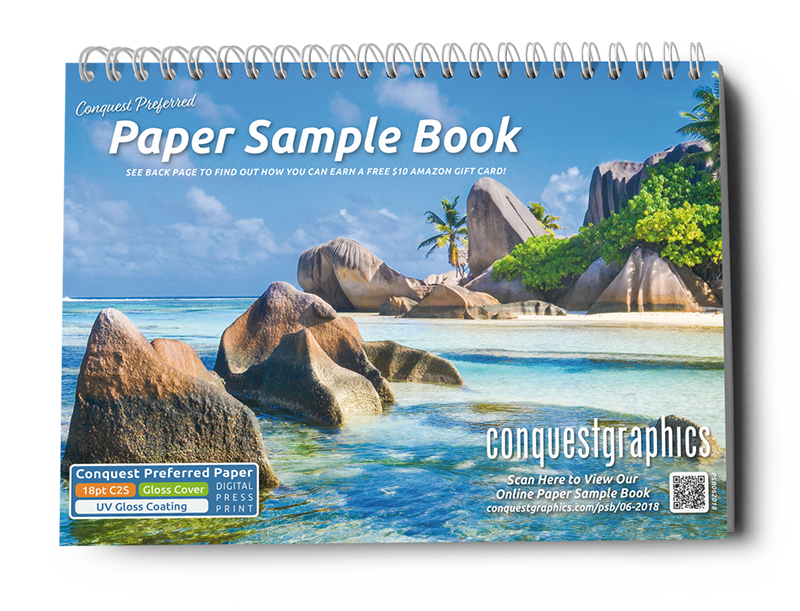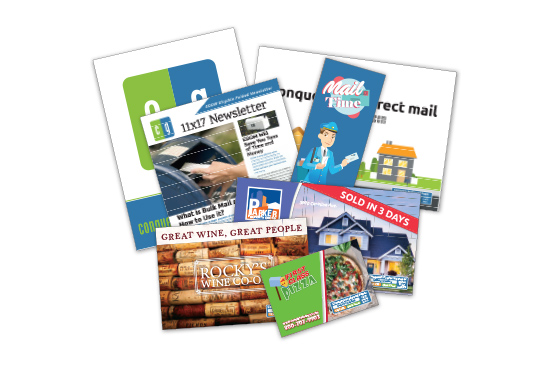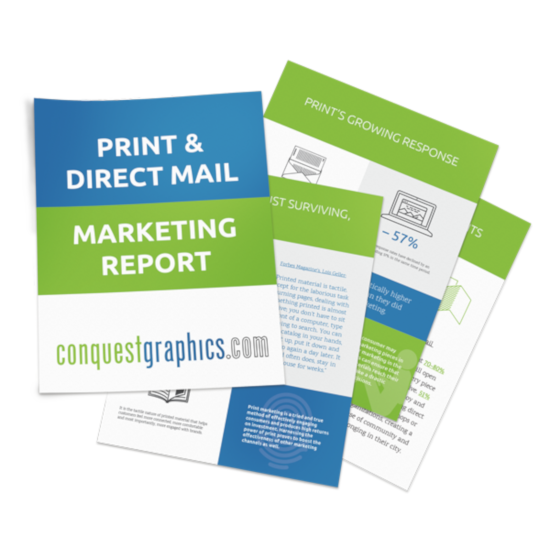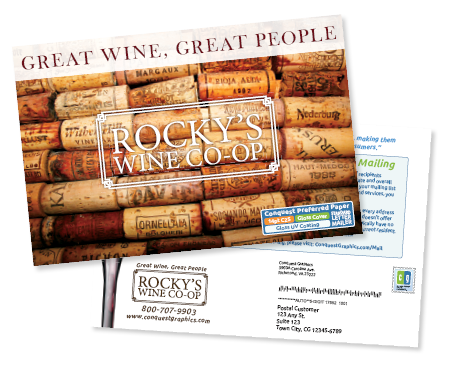Get an Expert Opinion
Contact our portal experts directly by clicking here or by dialing 804-591-3354 anytime 8a-7p EST M-F.
Call 804-591-3354 to Speak With a Portal Expert Now!
×
Want to chat with a portal expert?
Tap here or dial 804-591-3354 to give them a call, 8A - 7P ET !
When it comes to sourcing print and direct mail services, the traditional approach of using the RFP model has its advantages, but it can also be time-consuming and lead to missed opportunities. As a result, many companies have switched to a more efficient and effective method of choosing a print partner that meets their specific needs and goals.
In this blog, we'll explore the pros and cons of using a Print RFP and offer an alternative that can help streamline your processes and ultimately generate more revenue.
What Are Print and Direct Mail RFPs?
A Direct Mail and Print Services RFP (Request for Proposal), also known as a Print RFP or Direct Mail RFP, is a detailed document that outlines a company's specifications and requirements for a print project. This document is then sent to multiple printers, inviting them to submit proposals to fulfill those requirements.
The Print RFP typically includes project details, such as the type, quantity, paper, finishes, turnaround time, quality standards, and budget requirements. Printers provide detailed information on how they can meet these requirements.
Why Do Companies Use Print RFPs? (The Pros of RFPs)
Sometimes, organizations are required to use Print RFPs, in which case they have no choice. By utilizing a Print RFP, companies can compare and evaluate various vendors based on their capabilities , experience, pricing, and other factors, allowing them to make informed decisions that meet their needs.
Furthermore, a company will receive multiple proposals and bids, giving them insight into the options available within the print industry. This allows the company to discover opportunities that they may not have known were possible. By getting multiple vendors' eyes on a project and asking for input, the company is more likely to be exposed to new ideas and identify potential flaws in a project. Therefore, Print RFPs can be a great starting point, allowing the company to determine which printers are best suited for their needs.
Why Shouldn’t Companies Use Print RFPS? (The Cons of RFPs)
While Direct Mail and Print RFPs can be a great way to get to know what agencies within the print industry have to offer and compare pricing, there are many disadvantages to RFPs.
Here's a quick rundown of the disadvantages of RFPs and bidding for print :
Extremely Time-Consuming and Work-Intensive
Preparing and responding to Print RFPs takes hours upon hours. It's a lengthy and complex process involving multiple communication rounds and revisions. Additionally, with an average of 6-12 people involved in an RFP, companies can't afford to delegate these employees' hours away from other business initiatives. For example, let's say you have six people involved in your RFP, each spending eight hours on it. In that case, you've spent over a week of time and salary on a single project proposal. This time doesn't even include the hours it takes to execute the plan after selecting a vendor.
Creating a detailed and accurate Direct Mail and Print RFP that covers all project requirements and goals takes significant planning, documenting, and back-and-forth communication. This time and effort could otherwise be spent on other business priorities and growth initiatives.
Pauses Business Growth Initiatives
The extensive time and effort required for Direct Mail and Print RFPs can cause delays in launching new products, services, or marketing campaigns , negatively impacting a company's revenue and market position.
Wasted Money
Print RFPs can waste money in two ways. First, suppose the vendor selection process is based solely on price. In that case, companies may unintentionally choose a printer that provides a lower quality product or service, resulting in less than desired results and lost revenue. Second, the time spent on RFPs can be a high cost to a company. After all, time is money.
May Miss Out on The Best Provider for Your Needs
Even the most detailed Print RFP may only partially capture the range of a printer's capabilities , experience, and strengths. As a result, companies may miss out on opportunities to work with a printer that is best suited to meet their exact needs. Additionally, printers may opt out of responding to an RFP due to the time and resources required to prepare a detailed proposal. This may result in a company missing out on a provider who could have offered the price, quality, and services they were looking for.
Lose Out on a Long-Term Partnership
The RFP process often does not encourage long-term relationships and partnerships, which can be important for companies looking for personalized business solutions and the best customer service. Instead, RFPs can lead to a more transactional approach where printers are viewed as interchangeable providers rather than strategic partners whose goal is to help companies achieve their business goals.
The Alternative to RFPs: Choosing an Agency or Partner Based on Needs
Although the RFP model has been a traditional way of sourcing print and direct mail services, it can be a costly and time-consuming process, leading to missed opportunities and lost revenue. Rather than relying on the RFP model, companies should choose a print agency that aligns with their specific needs and goals to build a solid and long-term partnership.
Here are the benefits of using an agency or partner based on your needs instead of using Print RFPs:
Improved Quality
When you choose an agency or partner based on your needs and preferences, you can work closely with a team with experience and expertise in your industry and business objectives. This results in higher quality work, marketing materials , and sales collateral , generating better outcomes.
More Efficient
Rather than spending a tremendous amount of time and resources creating and reviewing multiple proposals, you can focus on finding a partner that meets your exact needs and aligns with your specific business goals. By choosing a partner, you can also streamline your entire print ordering process , turning hours of work into just minutes. This saves you time and money, allowing you to invest in other areas of your business.
Increased Revenue
Choosing a partner based on your needs can lead to higher quality work, more efficient processes, and better communication. This can result in a better return on investment (ROI) for your marketing campaigns and ultimately increased revenue for your business. By working with a partner specializing in your specific needs, you can create more effective campaigns that appeal to your target audience and drive more conversions . Additionally, the time and resources saved by not going through the Print RFP process can be used to develop new ideas and strategies that help your marketing and sales teams generate more revenue.
Better Communication
You can build a more effective business relationship by choosing an agency or print partner that aligns with your needs, goals, and communication style. This leads to better communication, a more robust understanding of your needs, faster response times, and easier ordering processes.
Stronger Relationships
When you choose a partner based on your needs, you can build a long-term relationship built on trust, understanding, collaboration, and shared goals. This leads to more successful outcomes and effortless print-ordering experiences.
Consistency
Working with a print partner can help you maintain consistent quality, turnaround times, service, and expertise across all print projects. This can lead to a more consistent brand image and better customer experience. By choosing a partner that meets your needs, you can ensure that your print projects are always of the same high quality, which can help build customer trust and loyalty. Additionally, working with a single partner can create a more streamlined ordering process consistent across all your projects, saving time and reducing the risk of errors or misunderstandings.
Flexibility
Choosing an agency rather than sifting through multiple vendors for each project leads to more flexibility to adjust your print project or direct mail campaign as needed. This can help you stay fluid during the project and adapt to the ever-changing market trends and customer needs.
Personalized Service
Working with a print partner specializing in your needs delivers more personalized service and support. This leads to a more tailored approach to your print and marketing needs, ultimately generating better results for your business.
Conclusion: Is the RFP Model of Sourcing Worth it?
While the RFP sourcing model may have worked in the past, it can be costly and time-consuming, preventing you from building long-term relationships and partnerships. By choosing a print provider that aligns with your specific needs and goals, you can streamline your processes, save time and resources , and generate better results for your business. Whether you're looking for improved quality and efficiency, increased revenue, or a more personalized approach, the benefits of having a print partner are clear. If you're still using the RFP model to source your print and direct mail services, it may be time to consider an alternative.
To see how choosing the right print partner can help you achieve your business goals, schedule a 10-minute demo with our Web to Print Portal experts today. Our Web to Print Portal solution can take your marketing and sales efforts to the next level with streamlined processes, consistency, cost and time savings, personalized experiences, and more.
Schedule A Web To Print Portal Demo Today!









